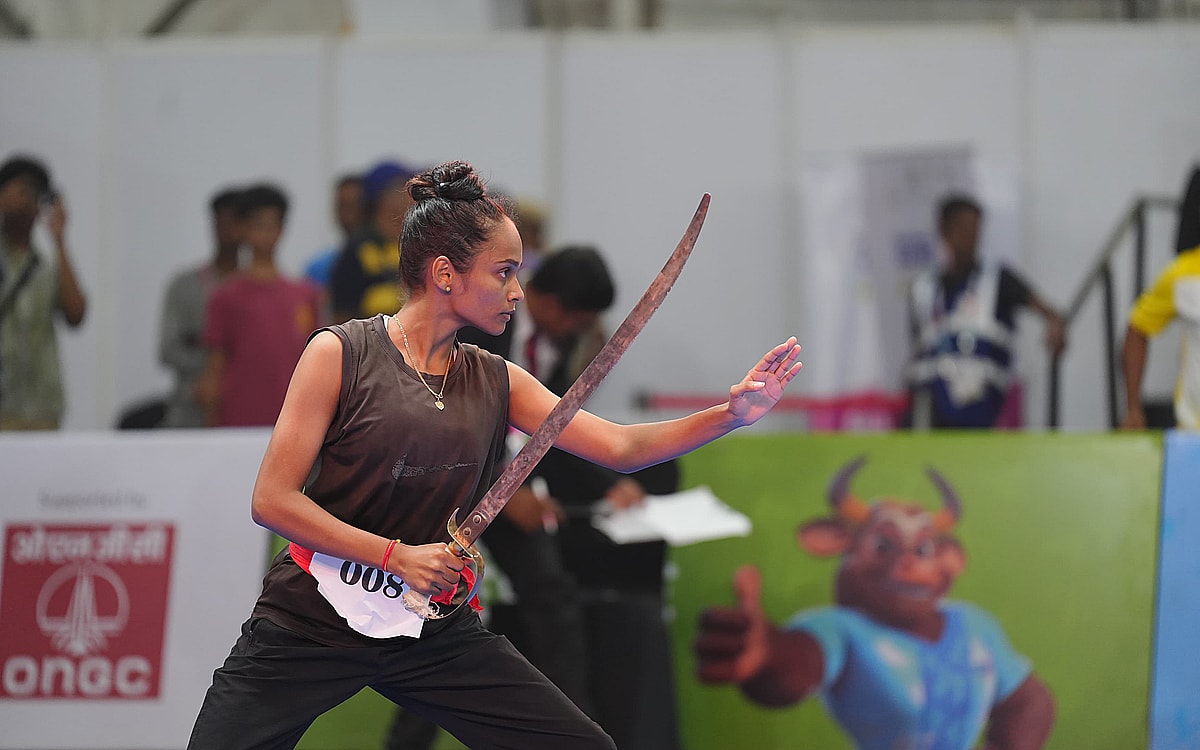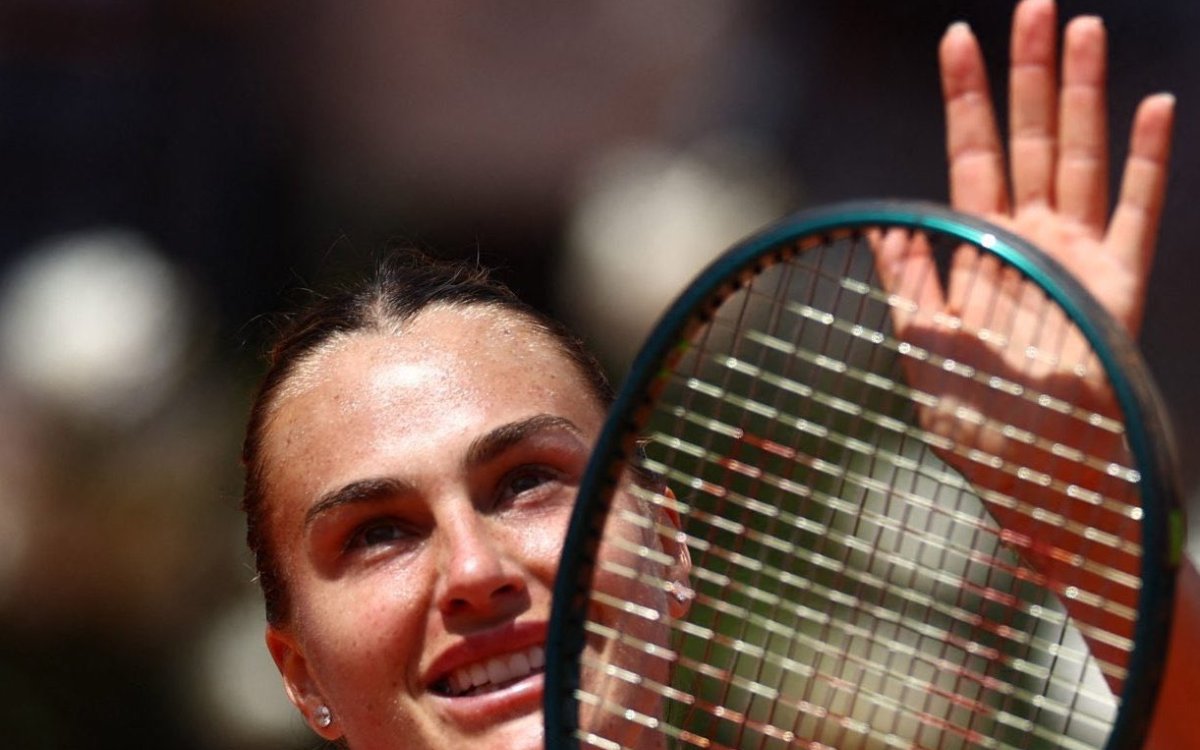Indian Kalarippayattu Federation: Kerala’s centuries-old martial art form Kalarippayattu seems to be enjoying a fresh breath of interest after becoming part of the 37th National Games in Goa.
Kalaripayattu, which is often referred to as the mother of all martial arts, is a captivating blend of physical prowess, cultural heritage, and spiritual depth.
In recent years, this ancient art form has been experiencing a renaissance, captivating the world with its graceful yet powerful movements. This combat sport has also made its debut in the ongoing 37th National Games in Goa where 224 athletes from 16 states in the country participated.
“It is indeed the mother of all martial arts. There is no doubt about that. It has been a huge honour for all of us that we got a chance to showcase this unique sporting event at the National Games in Goa,” said Adv. Poonthura Soman, Secretary General, Indian Kalarippayattu Federation.
“Kalarippayattu was included as a demonstrative sport in the 2015 National Games hosted by Kerala. We were all under the impression that we would see another National Games in 2016 but that did not happen. So, we had to wait till this year to be able to see Kalarippayattu getting its due recognition of a competitive sport,” he added.
A Glimpse Into the Past
Kalarippayattu traces its origins back more than 3,000 years in Kerala, a state immensely rich in tradition and history. The name itself is derived from two Malayalam words, “kalari” meaning battlefield and “payattu” meaning fight. Developed by the warrior class, it was designed as a means of self-defence and combat training.
The sport flourished in the 11th century AD during the rule of the powerful dynasties of Cholas, Cheras, and the Pandyas. However, during British rule, the sport was banned for fear of revolution. It was in the year 1955 with the introduction of the Indian Kalarippayattu Federation (IKF), the combat sport gradually regained its popularity as part of the initiative to promote traditional art forms in the southern part of India.
“We are thankful to the Government of India for giving us the recognition which we truly deserved for a long time. A sport like Kalarippayattu, which is deeply ingrained into the Indian ethos and culture, deserves to be promoted so that more youth take an active interest in it,” Soman said.
While Kalaripayattu remained somewhat obscure for many years, Soman said it has been experiencing a resurgence in recent times, both in India and around the world. The surge in interest can be attributed to several factors.
“One of the main reasons for its revival is the increased global interest in holistic wellness practices. Kalarippayattu is not just a physical discipline; it’s deeply rooted in the philosophy of Ayurveda and yoga. The practice emphasises the balance of the mind, body, and spirit, making it appealing to those seeking a holistic approach to well-being,” Soman said.
With Kalaripayattu finally getting its eureka moment in the Goa nationals, Soman is hopeful that the athletes will help preserve its traditions in the coming days.




